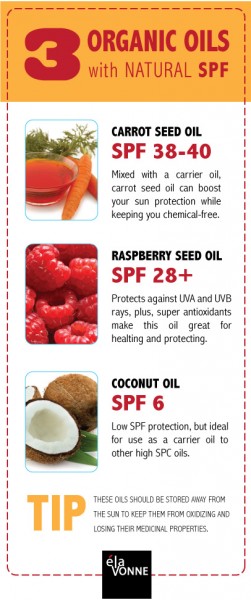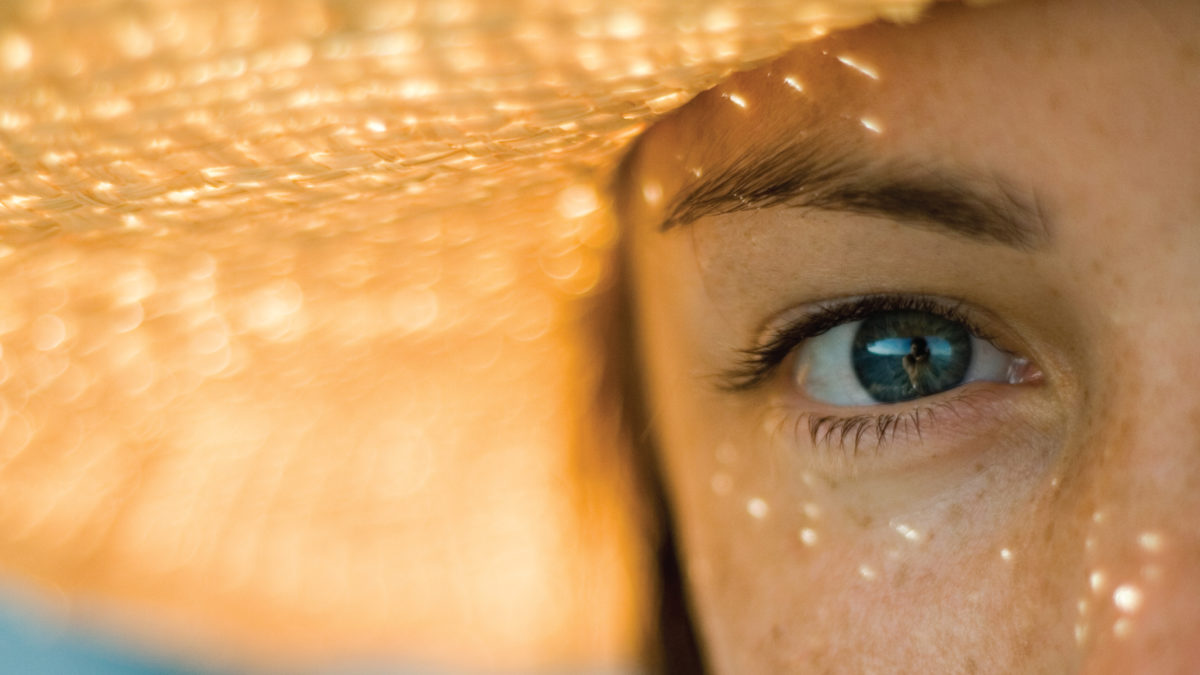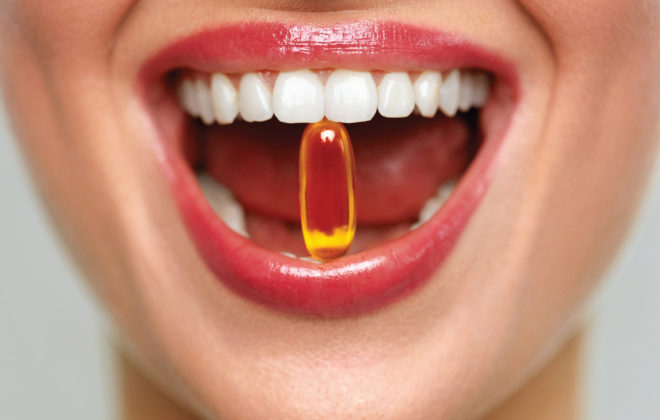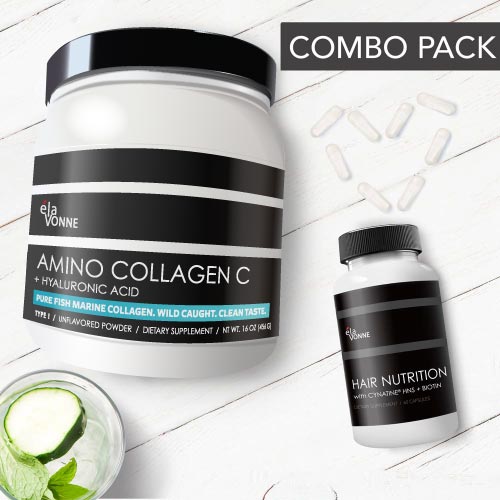Don’t Let the Sun Bring You Down – Or Your Vitamin D
Staying out of the sun? Loading on the sunscreen? Pale, wrinkle-free skin? Feeling terribly depressed and not sleeping well? You’re doing all the things that are good for your skin, but not what is good for your whole body. Summer time poses a dilemma with the sun, as does the winter. How can we get the best of the sun’s health benefits without also receiving the risks of sun exposure and chemical sunscreens?
Benefits of the Sun
Research shows that when we view nature, our cognitive functions and attention spans improve. Not only does the sun help catalyze precious vitamin D for our body when it touches it, but just being in nature improves our overall wellbeing.
Problem with Summer Sun
Overexposure and direct sunlight for prolonged periods of time is, of course, a problem. Sunburns and suntans look great for a few days, but leave you with a lifetime of wrinkles and age spots. Further, loading on chemical sunscreens creates disharmony in the body’s endocrine (hormone) system. If the sun doesn’t give you cancer, the chemical sunscreen will.
What’s the answer?
During the summer, find a non-toxic organic sunscreen. Make sure there is no silicone oil (Dimethicone), titanium dioxide, or other fine metals, which can may be carcinogens.
You can also fashion your own homemade organic sunscreen out of coconut oil, shea butter, and zinc oxide. About 2 tablespoons of zinc oxide powder for every cup of oil/butter. Organic coconut oil carries a natural SPF of about 6, and zinc oxide delivers an SPF 20. Add a couple teaspoons of organic carrot seed oil, and you boost your organic SPF to 30+. Combine these nutritive oils together with the essential oil blend of your choice and you have a wonderful non-toxic sunscreen plus a nourishing treatment for your skin.
Related: Organic Skin Care Products
How Much Sun Exposure is OK?
Its a controversial subject. The problem with the sun is when we are overexposed to it. It’s hard to say, but, few minutes a day is a moderate amount of sun that will allow the synthesis of vitamin D in our bodies without overdoing it. About 10 minutes a day for fair skin, and 20 for dark skin.
Why protect your skin from the sun?
We can’t stress enough the importance of protecting your skin from the sun. Studies shows that the sun has power to literally deform the collagen and elastin in the skin (1). This is why the sun is so harmful for our beauty. The sun accelerates aging in the skin like nothing else.
Problem with Winter Sun
There’s not enough of it, but the sun can still harm your skin during these colder months. Further, staying indoors in the cold weather leads many to get the blues and become prone to vitamin D deficiency.
Signs of Vitamin D Deficiency
- Depression
- Difficulty falling asleep or staying asleep
- Strong sugar cravings
- Achey bones
- Head sweating
Long term effects correlated to Vitamin D Deficiency
- Multiple sclerosis
- Diabetes
- Alzheimer’s
- Heart Disease
- Autoimmune diseases
How the Inuit Did It
Natives of the arctic regions, while not consuming any fruits or vegetables in any way, were somehow able to stay free of heart disease and other ailments related to vitamin deficiencies. How did they do it? Researchers found that while they were not getting much in terms of sun exposure and vitamins, they were eating plenty of essential nutrients from their fish (vitamin D-rich) and raw diets.
Getting Vitamin D Without the Sun
Foods like salmon and halibut, egg yolks, and mushrooms are vitamin D rich foods. Cheese and milk are also good sources of vitamin D, but since they result in creating inflammation in the body, we don’t recommend them as positive sources of vitamin D.
If you’re concerned that you may be vitamin D deficient, have your doctor perform a test to know for sure. It may be recommended to take a vitamin D supplement if your levels are too low.
Since vitamin D is a fat soluble vitamin, individuals that are overweight will require more vitamin D than slimmer individuals.
You’ll be able to keep your vitamin D levels up and protect your skin and body from the sun and related products as well with these pointers.

Cites and References
1. Long-term sun exposure alters the collagen of thepapillary dermis* Comparison of sun-protected and photoaged skin by Northern analysis, immunohistochemical staining, and confocal laser scanning microscopy. MD Eric F. BernsteincorrespondencePress enter key for correspondence information, MD Yue Qiu Chen, MD Jeffrey B. Kopp, PhD Larry Fisher, MS Douglas B. Brown, BS Peter J. Hahn, PhD Frank A. Robey, PhD Jouni Lakkakorpi, MD, PhD Jouni Uitto
2. J Nutr Sci. 2015 Dec 16;4:e40. doi: 10.1017/jns.2015.33. eCollection 2015.
Vitamin D-rich marine Inuit diet and markers of inflammation – a population-based survey in Greenland.
3. Schæbel LK1, Bonefeld-Jørgensen EC2, Laurberg P3, Vestergaard H4, Andersen S5.
Berto R. (2005). Exposure to restorative environments helps restore attentional capacity. Journal of Environmental Psychology, 25, 249–259.
For more information about preventing,detecting, and treating skin cancer, check out these sources:
American Cancer Society
www.cancer.org 1-800-ACS-2345
The Skin Cancer Foundation
www.skincancer.org 1-800-SKIN-490





